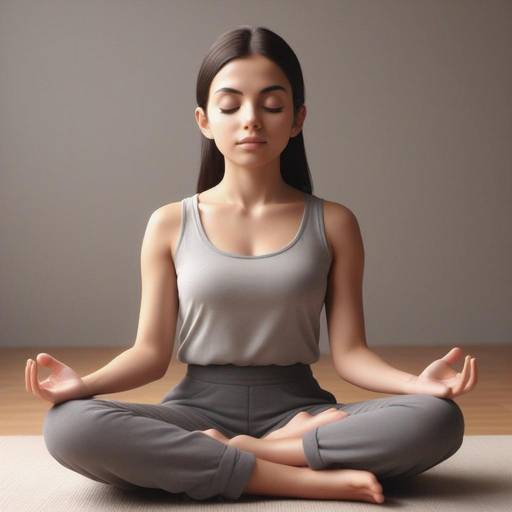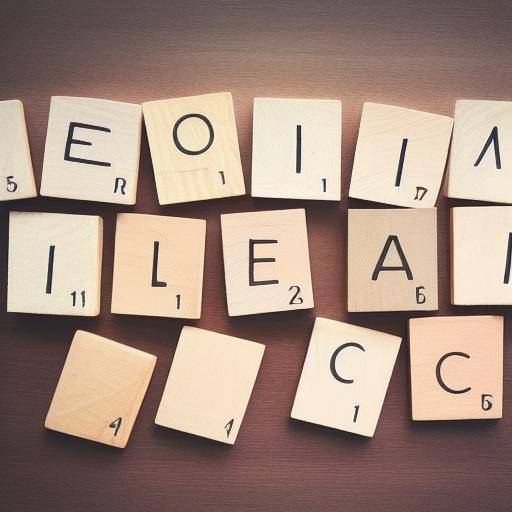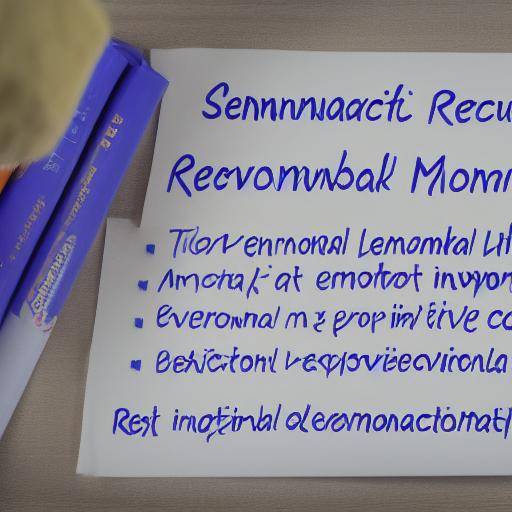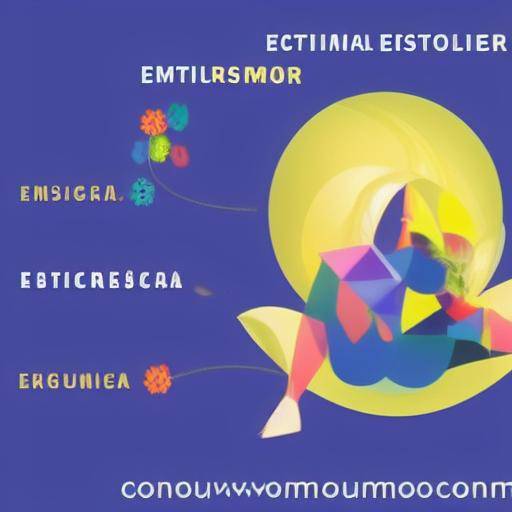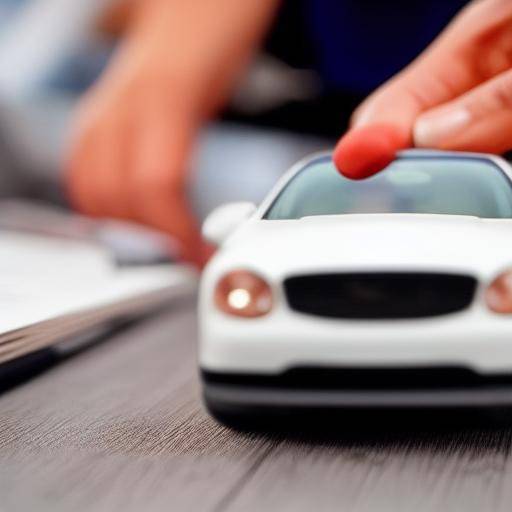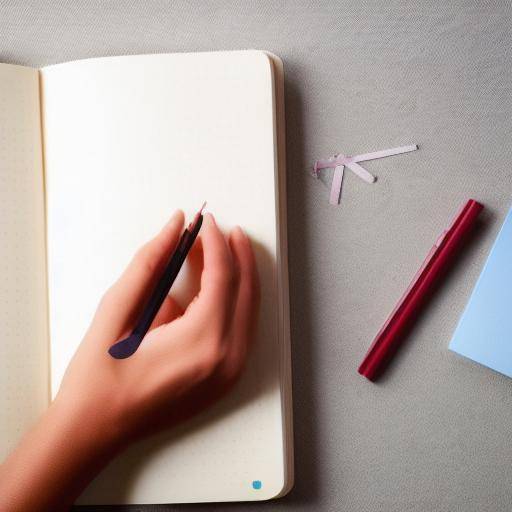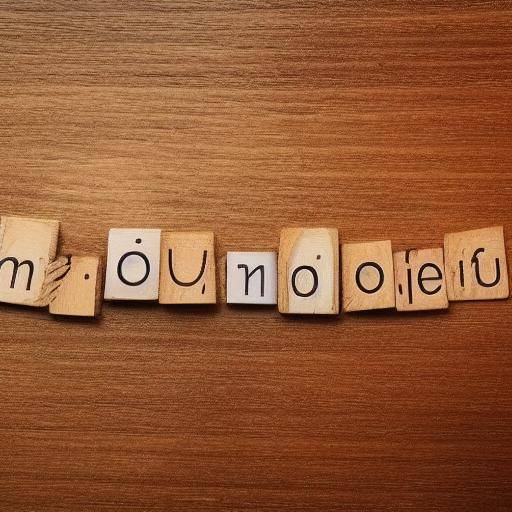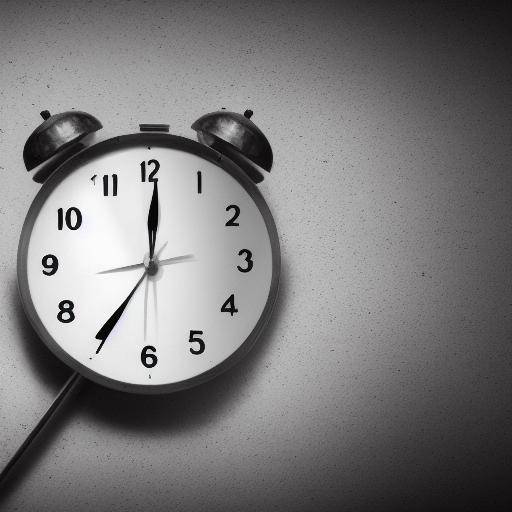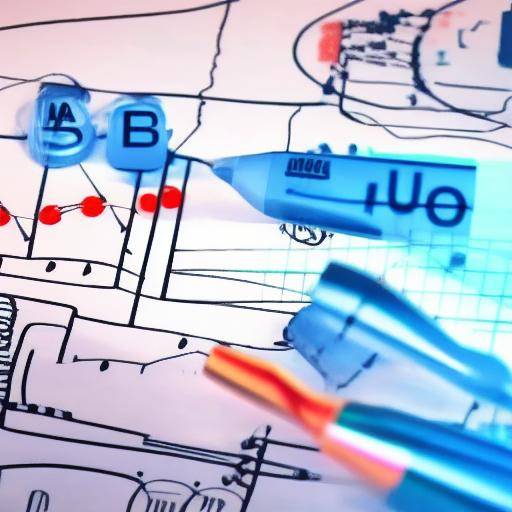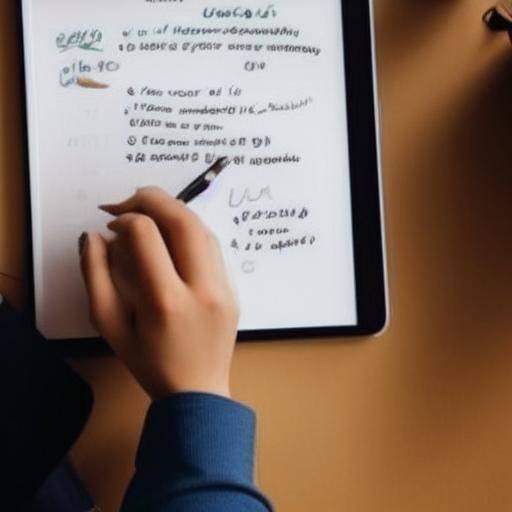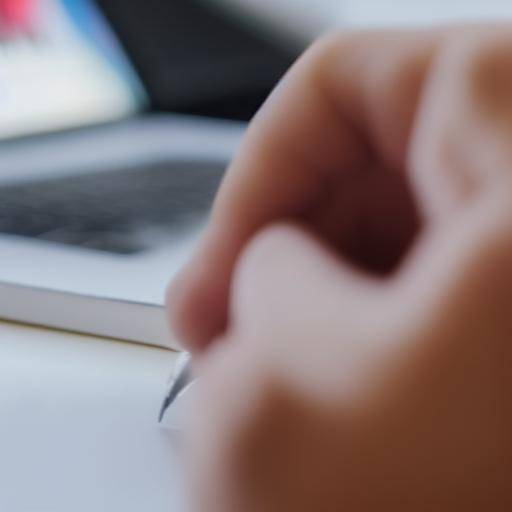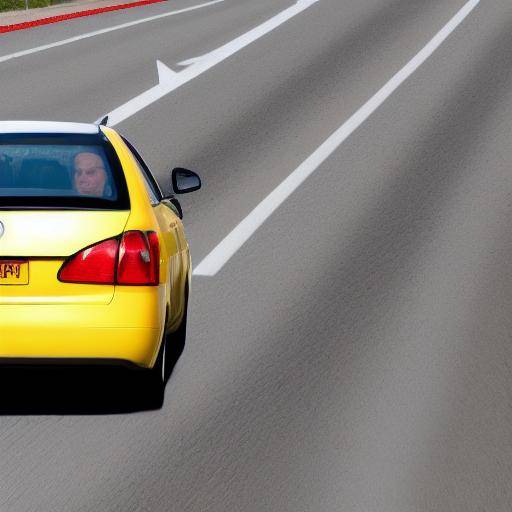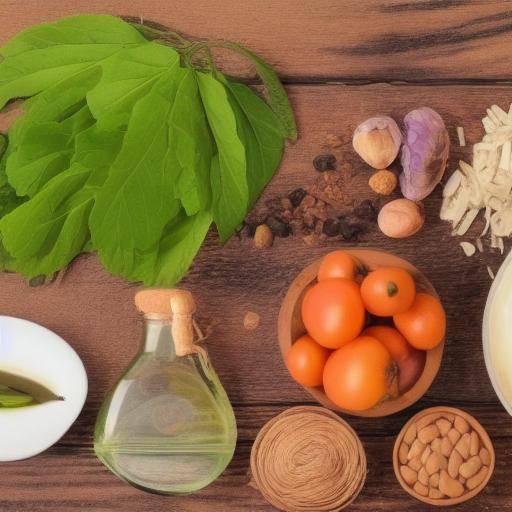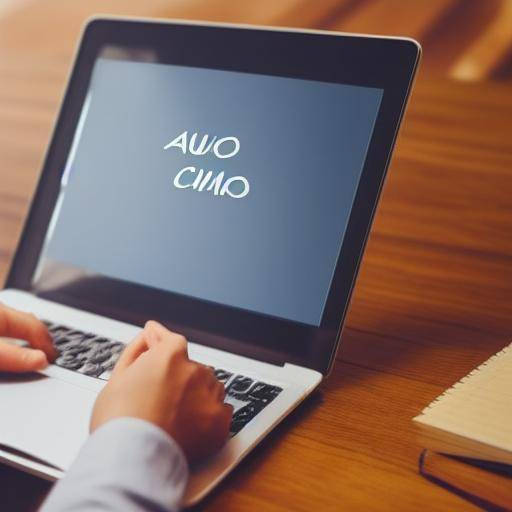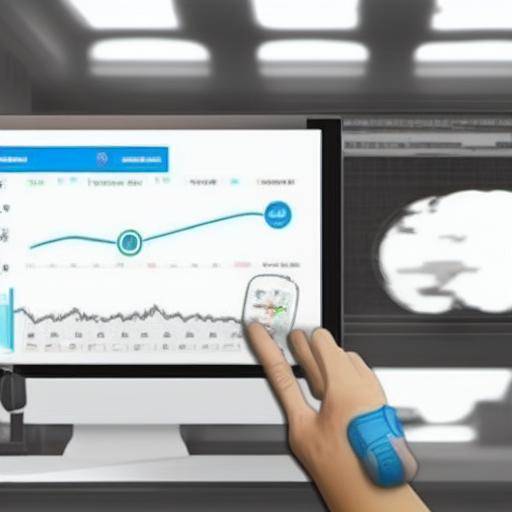
Introduction
Have you ever met in situations where your emotions seem to be overwhelmed and your self-control is compromised? The technique of pause can be an invaluable tool to address these situations. In this article, we will explore in depth the technique of pause, how it contributes to self-control and ultimately to emotional well-being. From its historical origins to its practical application in everyday life, we will discover how this technique can transform the way we manage our emotions and behaviors.
History and Background
The technique of pause, also known as "mindfulness" or "full attention", has deep roots in ancient oriental practices, such as Buddhism. It dates back thousands of years, when the teachings of teachers like Buddha emphasized the importance of full attention to achieve inner peace. Over time, these practices have been integrated into various philosophical currents and modern therapies, giving rise to what we now know as the technique of pause.
With the growing interest in psychology and mental health, full attention has gained popularity in the West, being the subject of numerous scientific studies that support their benefits for emotional well-being. The fusion of old traditions and contemporary knowledge has resulted in the application of the technique of pause in a wide range of contexts, from psychotherapy to stress management in working environments.
Analysis in Deep
The practice of pause technique has demonstrated a wide range of benefits in the field of emotional well-being. Scientific studies have revealed that full attention can reduce stress, anxiety and depression, while promoting greater self-consciousness and emotional regulation. In addition, it has been observed that those who incorporate the technique of pause in their daily routine experience a significant improvement in the quality of their interpersonal relationships, as well as a greater sense of satisfaction and fullness in their lives.
However, the road to self-control through the pause technique is not without challenges. In a society characterized by immediacy and overstimulation, cultivating full attention requires constant practice and dedication. The human mind tends to divate and react automatically to external stimuli, which can hinder the ability to consciously apply the technique of pause at critical times.
Exhaustive examination
The practical application of the pause technique ranges from personal scenarios, such as the management of everyday stress, to their integration into labor and educational environments. In addition, full-care programmes in companies and educational institutions have proven to reduce labour absenteeism, improve academic performance and promote a healthier organizational climate.
While some may find in meditation a way to integrate full attention into their daily lives, others may resort to activities such as yoga or simply to moments of tranquility and reflection. Regardless of the way it takes, the technique of pause offers individuals a powerful tool to manage their emotions, improve their decision-making, and foster their overall emotional well-being.
Comparative analysis
The relationship between the technique of pause, self-control and emotional well-being is undeniable. Full attention strengthens the ability of individuals to regulate their impulses, manage stress and cultivate a more compassionate attitude towards themselves and others. By developing self-control through the technique of pause, people experience a significant change in their emotional well-being, finding a balance that positively influences all aspects of their lives.
Practical Tips and Recommendations
Integrating the pause technique into your daily life can be a gradual process. Here are some suggestions to start:
- Practice conscious breathing: Dedicate a few minutes a day to focus on your breathing, observing how the air comes in and out of your body. This simple practice can help you cultivate full attention at the present time.
- Establish reminders: Use visual or hearing reminders to take a moment of pause throughout the day, reminding you to reconnect with your emotions and thoughts.
- Find a point of focus: Identify an object or a daily activity where you can focus your attention, such as watching a lit candle or slowly savouring a cup of tea.
- Body scan: Perform body scan exercises, paying attention to the physical sensations of each part of your body, which will help you connect with your inner being.
These are just a few ways to incorporate the pause technique into your daily routine. Full attention is a personal practice that can adapt to individual needs and preferences, so we encourage you to explore different approaches and discover what works best for you.
Industry Perspectives and Expert Reviews
To gain a deeper understanding of the technique of pause and its relationship with self-control and emotional well-being, we consulted experts in the field of psychology and mind-body medicine. Dr. Ana Rodriguez, a clinical psychologist with experience in cognitive-behavioral therapy, shares her opinion: "The technique of pause is a powerful therapeutic tool that allows people to take emotional distance from their thoughts and feelings, favoring better management of anxiety and stress."
Besides, Dr. Carlos Martínez, a specialist in integrating medicine, adds: "The regular practice of full care can have positive impacts at physiological level, reducing blood pressure and strengthening the immune system. This evidences the benefits both mentally and physically."
These opinions highlight the value and clinical validity of full care as an integral tool to promote emotional well-being and overall health.
Case Studies and Real Life Applications
To illustrate the effectiveness of the pause technique, let us consider Julia, a busy executive who was constantly overwhelmed by her demanding workload. After integrating the practice of full attention into her daily life, Julia reported a remarkable reduction in her stress levels, finding herself more focused and calm in her working environment.
In an educational context, the implementation of full-care programmes has proven to reduce anxiety and improve the academic performance of students, while fostering a more harmonious and collaborative school environment.
These examples illustrate how the technique of pause can have a significant impact on real life, providing people with the necessary tools to face everyday challenges with greater serenity and mental clarity.
Future Trends and Predictions
As awareness of the importance of emotional well-being continues to grow, the technique of pause and full attention is expected to continue to gain popularity as therapeutic and preventive approaches. The integration of full-care programmes into labour and educational environments will become a standard practice, recognizing the positive impact these initiatives have on productivity, emotional health and organizational climate.
In addition, the incorporation of full care in the field of physical health, through integrating medicine, will open up new possibilities for the holistic treatment of various medical conditions, strengthening the mind-body connection in health care.
Conclusions
In short, the technique of pause is erected as an invaluable resource to improve self-control and promote emotional well-being. From its historical roots to its pragmatic application in everyday life, full attention offers people the opportunity to develop a more harmonious relationship with their emotions, thoughts and actions.
Through constant practice and personal commitment, the technique of pause gives each individual the ability to respond to the challenges of life with calm, clarity and compassion. By integrating full attention into our lives, we not only cultivate greater self-control, but also nourish a deeper sense of emotional well-being and quality of life.
We hope that this article has provided a clear and enriching understanding of the technique of pause, its relation to self-control and its influence on emotional well-being. As you immerse yourself in the practice of full attention, we encourage you to explore their infinite possibilities and to discover how your life can positively transform into countless ways.
Frequently asked questions
How long should I devote to the practice of pause technique?
The duration of the practice varies according to individual preferences. Starting with a few minutes a day and then gradually increasing is an effective way to integrate the pause technique into your daily routine.
Is the technique of pause suitable for all people?
Yes, full attention is a universal practice that can benefit people of all ages and backgrounds. Adapting the technique to your specific needs is essential for a personalized experience.
What are the long-term benefits of pause technique?
Long-term benefits include increased ability to regulate emotions, reduce chronic stress, improve concentration and promote a general sense of emotional and mental well-being.
How can I overcome the initial resistance to the practice of pause technique?
Initial resistance is normal and often decreases with continuous practice. Starting with short sessions and remembering long-term benefits can help overcome this resistance.
Are there risks associated with pause technique?
In general, the pause technique is considered safe for most people. However, in cases of severe mental health disorders, it is important to seek professional guidance before initiating practice.
Can the pause technique improve my self-control in stressful situations?
Yes, the continuous practice of pause technique can strengthen your ability to maintain calm and make conscious decisions even in stressful circumstances.
We hope that these answers to common questions will give you additional perspectives on the technique of pause and how it can contribute to your emotional well-being.
With this, we conclude this comprehensive analysis of the technique of pause, self-control and emotional well-being. While this article provides an integral vision, we encourage you to continue exploring the vast world of full attention and discover how your life can be enriched in unique and meaningful ways. Make the technique of pause a constant companion in your journey to emotional balance and fullness.

